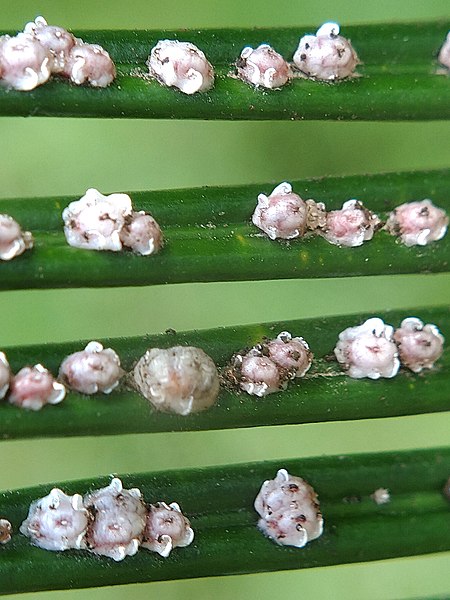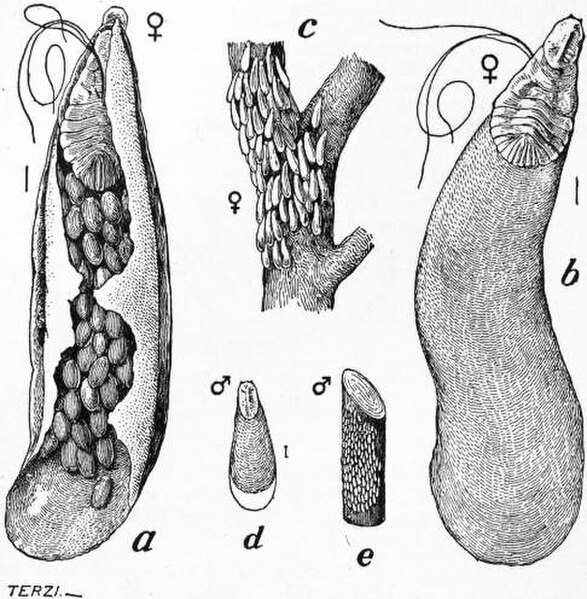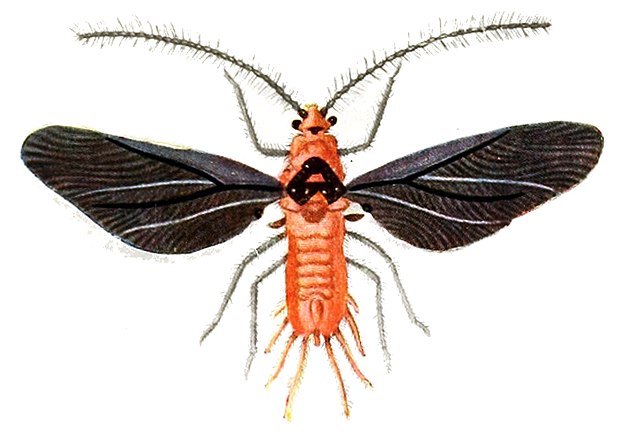Scale insects are small insects of the order Hemiptera, suborder Sternorrhyncha. Of dramatically variable appearance and extreme sexual dimorphism, they comprise the infraorder Coccomorpha which is considered a more convenient grouping than the superfamily Coccoidea due to taxonomic uncertainties. Adult females typically have soft bodies and no limbs, and are concealed underneath domed scales, extruding quantities of wax for protection. Some species are hermaphroditic, with a combined ovotestis instead of separate ovaries and testes. Males, in the species where they occur, have legs and sometimes wings, and resemble small flies. Scale insects are herbivores, piercing plant tissues with their mouthparts and remaining in one place, feeding on sap. The excess fluid they imbibe is secreted as honeydew on which sooty mold tends to grow. The insects often have a mutualistic relationship with ants, which feed on the honeydew and protect them from predators. There are about 8,000 described species.

Scale insect
Life-cycle of the apple scale, Mytilaspis pomorum. a) underside of scale showing female and eggs, x24 b) scale upperside, x24 c) female scales on twig d) male scale, x12 e) male scales on twig
Apple scale. a) male, with legs and wings b) foot of male c) larva, x20 d) antenna of larva e) immobile female (removed from scale)
A winged male Drosicha sp.
Hemiptera is an order of insects, commonly called true bugs, comprising over 80,000 species within groups such as the cicadas, aphids, planthoppers, leafhoppers, assassin bugs, bed bugs, and shield bugs. They range in size from 1 mm (0.04 in) to around 15 cm (6 in), and share a common arrangement of piercing-sucking mouthparts. The name "true bugs" is often limited to the suborder Heteroptera.
Hemiptera
Fossil planthopper (Fulgoromorpha) from the Early Cretaceous Crato Formation of Brazil, c. 116 mya
Hemipteran mouthparts are distinctive, with mandibles and maxillae modified to form a piercing "stylet" sheathed within a modified labium.
An ant-mimicking predatory bug Myrmecoris gracilis








